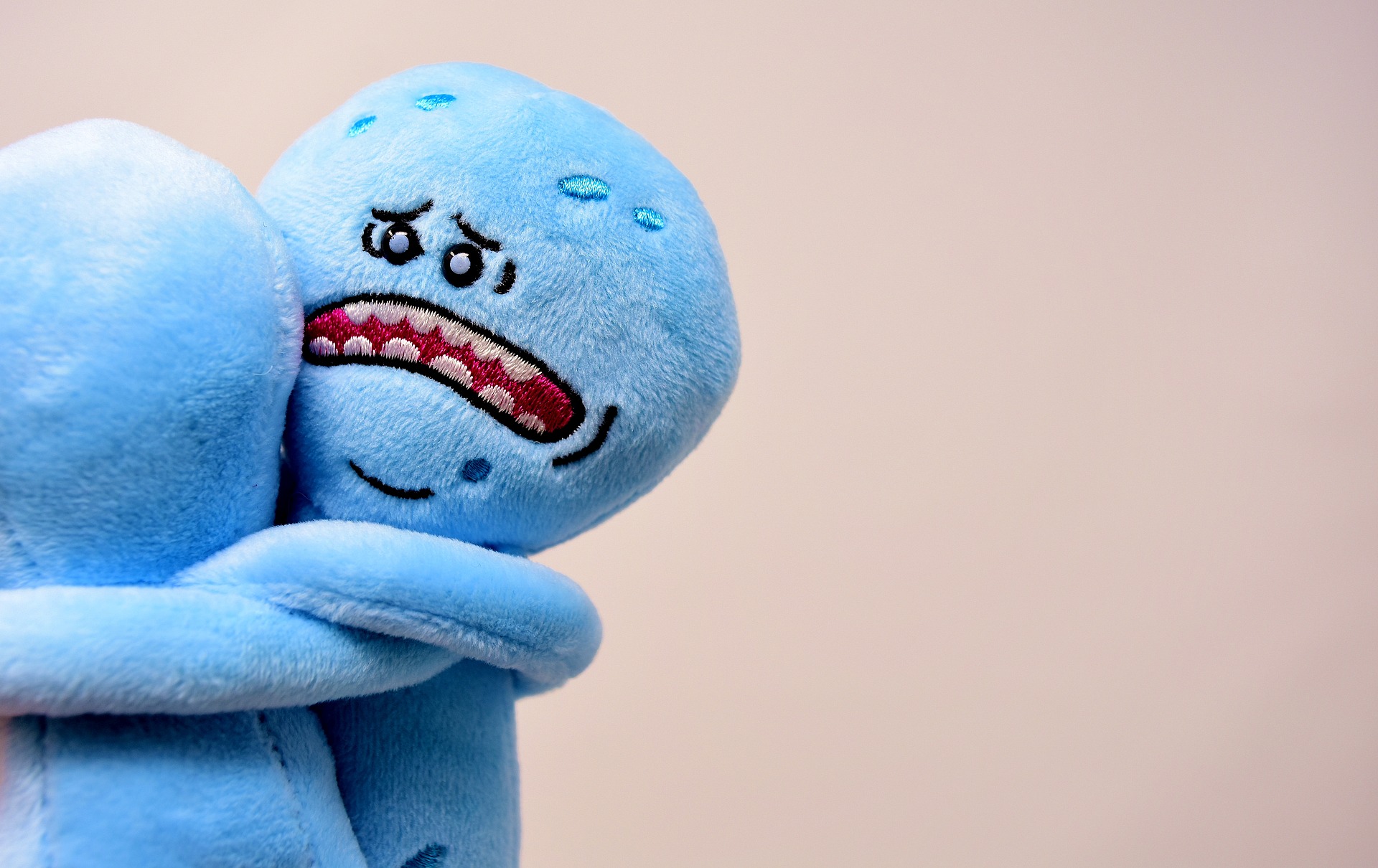Seasonal Affective Disorder (SAD)
Dark Days, SAD Moods: Diagnosing and Treating Seasonal Affective Disorder
Many of us get a small dose of the winter blahs after the holiday season; but for some people – those with Seasonal Affective Disorder or SAD–the depression is deeper, lasts longer and happens year after year.
The normal blues for a few hours or days doesn’t constitute a diagnosis of Seasonal Affective Disorder (SAD). The person must have evidence of depressed mood for over two weeks during the months of the year that are low light months.
Researchers at the National Institute of Mental Health found through a controlled study using patient’s plasma samples that there is a biological difference in SAD sufferers’ ability to deal with seasonal change. This difference causes them to produce measurably less melatonin during the winter than unaffected individuals.
Seasonal Affective Disorder, or SAD, is a treatable condition with a variety of symptoms. The symptoms recur regularly each winter between September and November and continue until March or April.
Symptoms of SAD
- Sleep problems: Desire to oversleep and difficulty staying awake, or in some cases, disturbed sleep and early morning wakening.
- Lethargy: Feeling of fatigue and inability to carry out normal routine.
- Overeating: Craving carbohydrates and sweet foods, usually resulting in weight gain.
- Depression: Feelings of misery, guilt, loss of self-esteem, hopelessness, despair, or apathy. Sometimes there is irritability, the desire to avoid social contact, decreased interest in sex and physical contact. Some sufferers exhibit extremes of mood and periods of hypomania (overactivity) in spring and autumn.
Many people with SAD also show signs of a weakened immune system during the winter and are more prone to infections and illness at that time. SAD may begin at any age, but the primary age of onset is between 18 and 30 years of age.
Some SAD sufferers have found positive, yet mixed results with light therapy. Special light boxes and full spectrum bulbs help increase the patient’s light exposure during winter months and theoretically counter the effects of SAD. In the case of severe disorders, medications are necessary.
Another very effective approach in relieving symptoms of SAD is nutritional therapy and natural supplements. B-Complex, EPA and Borage Oil in addition to melatonin can provide great relief in the right combination and dosage.
For more information on SAD, or to discuss your condition with a health care practitioner specializing in safe and natural pain treatment, contact an NUHS Whole Health Center.
